Baking Soda and Vinegar Uses: Unlock the surprising power duo hiding in your pantry! For generations, our grandmothers have sworn by the cleaning and deodorizing magic of baking soda and vinegar. But did you know these humble ingredients can also revolutionize your home and garden? I’m not talking about just cleaning your drains (though they’re fantastic for that too!).
This isn’t just another list of cleaning tips; it’s a deep dive into the versatile world of baking soda and vinegar. We’ll explore clever DIY tricks and hacks that will save you money, reduce your reliance on harsh chemicals, and even boost your plant’s health. From creating all-natural weed killers to reviving tired soil, I’m going to show you how to harness the power of these simple ingredients for a thriving garden.
In today’s world, where sustainability and saving money are more important than ever, understanding baking soda and vinegar uses is a game-changer. So, ditch the expensive, chemical-laden products and join me as we uncover the secrets to a healthier, happier home and garden, all thanks to these two kitchen staples!
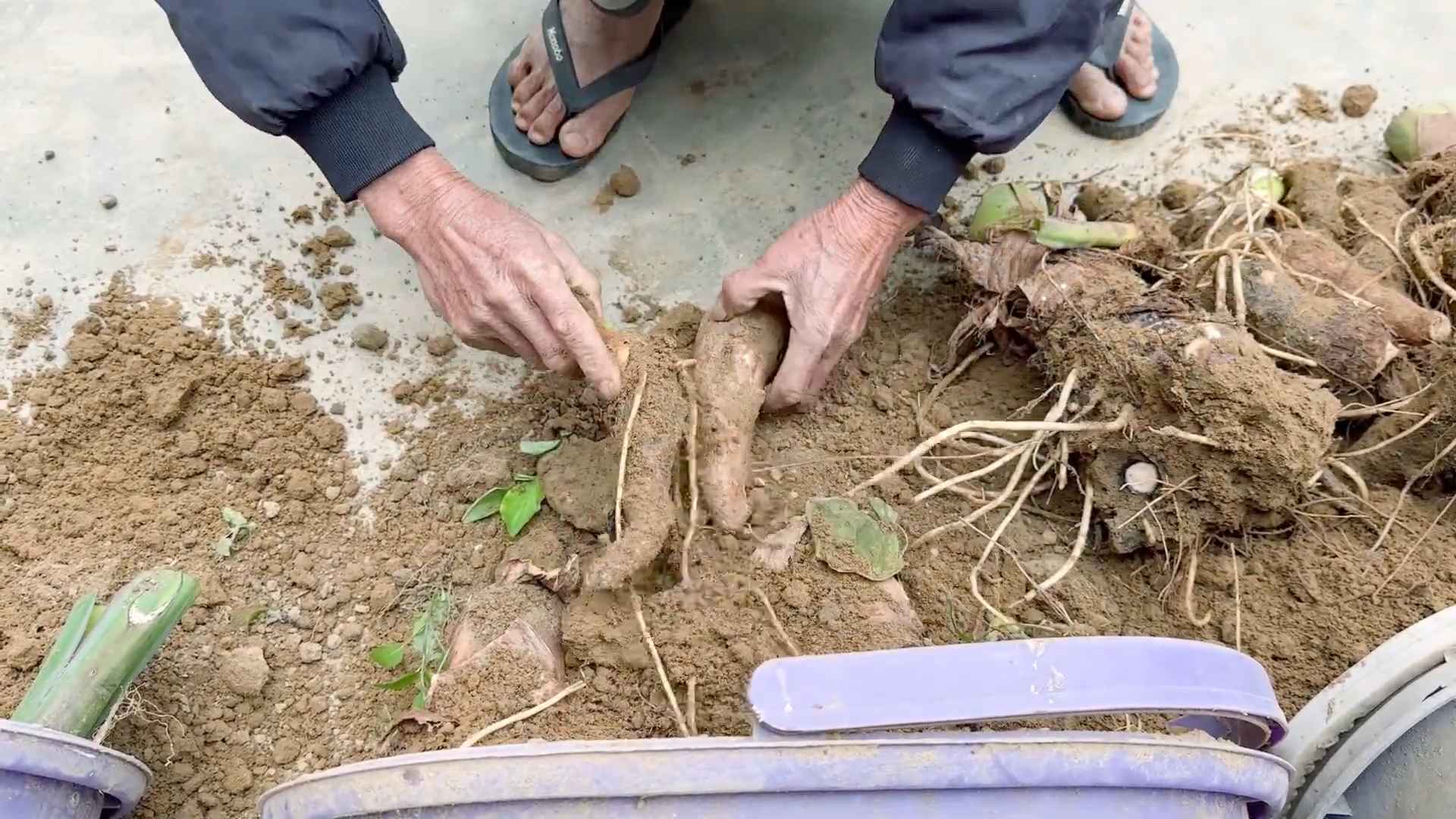
Unleash the Cleaning Powerhouse: Baking Soda and Vinegar DIY Hacks!
Hey there, fellow DIY enthusiasts! Get ready to be amazed by the incredible cleaning power hidden in your pantry. Baking soda and vinegar, those humble kitchen staples, are actually a dynamic duo when it comes to tackling household messes. Forget harsh chemicals and expensive cleaners – we’re going natural and effective! I’m going to walk you through some of my favorite DIY hacks using these two ingredients.
Unclogging Drains Like a Pro
Clogged drains are a common household headache, but don’t reach for those corrosive drain cleaners just yet! Baking soda and vinegar can often do the trick without damaging your pipes.
What you’ll need:
* 1 cup baking soda
* 2 cups white vinegar
* Hot water
Step-by-step instructions:
1. Pour Baking Soda Down the Drain: Start by pouring about 1 cup of baking soda down the clogged drain. Try to get as much of it down the drain as possible.
2. Add Vinegar: Next, slowly pour 2 cups of white vinegar down the drain after the baking soda. You’ll immediately notice a fizzing reaction – that’s the magic happening!
3. Let it Fizz: Let the baking soda and vinegar mixture fizz and bubble for at least 30 minutes, or even better, overnight for stubborn clogs. This allows the mixture to break down the grease, hair, and other debris causing the blockage.
4. Flush with Hot Water: After the waiting period, flush the drain with plenty of hot water. Let the hot water run for several minutes to ensure everything is cleared out.
5. Repeat if Necessary: If the drain is still slow, repeat the process one more time. For particularly stubborn clogs, you might need to use a plunger after the baking soda and vinegar treatment.
Freshening Your Mattress
Did you know you can freshen up your mattress with baking soda and vinegar? It’s a great way to eliminate odors and absorb moisture, leaving your bed feeling clean and revitalized.
What you’ll need:
* Baking soda
* White vinegar
* Spray bottle
* Vacuum cleaner
* Clean cloth
Step-by-step instructions:
1. Strip the Bed: Remove all bedding, including sheets, blankets, and pillowcases. Wash them according to their care instructions.
2. Sprinkle Baking Soda: Generously sprinkle baking soda all over the surface of your mattress. Don’t be shy – you want a good, even layer.
3. Let it Sit: Allow the baking soda to sit on the mattress for at least 30 minutes, or even better, for several hours. The longer it sits, the more odors and moisture it will absorb. I usually leave it for 4-6 hours.
4. Vacuum Thoroughly: Use the upholstery attachment on your vacuum cleaner to thoroughly vacuum up all the baking soda. Make sure to get into all the nooks and crannies.
5. Vinegar Spray (Optional): For extra odor elimination, you can lightly spray the mattress with a diluted vinegar solution (equal parts white vinegar and water) in a spray bottle. Be careful not to oversaturate the mattress.
6. Air Dry: Allow the mattress to air dry completely before putting your bedding back on. Open windows or use a fan to speed up the drying process.
Cleaning Your Microwave with Ease
Microwaves can get pretty gross with splatters and spills. Here’s a simple and effective way to clean your microwave using baking soda and vinegar.
What you’ll need:
* 1 tablespoon baking soda
* 1 cup white vinegar
* Microwave-safe bowl
* Clean cloth or sponge
Step-by-step instructions:
1. Prepare the Solution: In a microwave-safe bowl, combine 1 tablespoon of baking soda with 1 cup of white vinegar.
2. Microwave the Solution: Place the bowl in the microwave and heat on high for 5 minutes. The mixture will boil and create steam, which will loosen the grime inside the microwave.
3. Let it Sit: After the 5 minutes, leave the bowl in the microwave with the door closed for another 5-10 minutes. This allows the steam to continue working its magic.
4. Wipe Clean: Carefully remove the bowl (it will be hot!) and use a clean cloth or sponge to wipe down the inside of the microwave. The loosened grime should come off easily.
5. Rinse and Dry: If necessary, rinse the cloth or sponge with clean water and wipe down the microwave again to remove any remaining residue. Dry the inside of the microwave with a clean cloth.
Making a Powerful All-Purpose Cleaner
Ditch those store-bought all-purpose cleaners and make your own! This baking soda and vinegar cleaner is effective on a variety of surfaces.
What you’ll need:
* 1/4 cup baking soda
* 1/2 cup white vinegar
* 1/2 gallon (8 cups) water
* Spray bottle
* Essential oils (optional, for fragrance)
Step-by-step instructions:
1. Combine Ingredients: In a large container (like a bucket or pitcher), combine the baking soda, white vinegar, and water. Be prepared for some fizzing!
2. Mix Well: Stir the mixture well until the baking soda is completely dissolved.
3. Add Essential Oils (Optional): If you want to add a pleasant scent, add a few drops of your favorite essential oils, such as lemon, lavender, or tea tree oil.
4. Pour into Spray Bottle: Carefully pour the cleaner into a spray bottle.
5. Use and Store: Spray the cleaner onto surfaces and wipe clean with a cloth or sponge. Store the cleaner in a cool, dark place.
Important Note: While this cleaner is generally safe for most surfaces, it’s always a good idea to test it on a small, inconspicuous area first to ensure it doesn’t damage the finish. Avoid using this cleaner on marble or granite surfaces, as the vinegar can etch the stone.
Cleaning Grout Like a Pro
Grimey grout can make your tiles look old and dirty. Baking soda and vinegar can help you restore your grout to its former glory.
What you’ll need:
* Baking soda
* White vinegar
* Old toothbrush or grout brush
* Spray bottle
* Water
Step-by-step instructions:
1. Make a Baking Soda Paste: Mix baking soda with a small amount of water to create a thick paste.
2. Apply the Paste: Apply the baking soda paste to the grout lines.
3. Spray with Vinegar: Fill a spray bottle with white vinegar and spray it onto the baking soda paste. The mixture will fizz.
4. Scrub the Grout: Use an old toothbrush or grout brush to scrub the grout lines.
5. Rinse with Water: Rinse the grout with clean water to remove the baking soda and vinegar residue.
6. Dry with a Cloth: Dry the grout with a clean cloth.
Removing Stubborn Stains from Clothes
Baking soda and vinegar can also be used to tackle stubborn stains on clothes.
What you’ll need:
* Baking soda
* White vinegar
* Water
* Laundry detergent
Step-by-step instructions:
1. Pre-Treat the Stain: For fresh stains, blot the stain with a clean cloth to remove as much of the stain as possible.
2. Make a Baking Soda Paste: Mix baking soda with a small amount of water to create a paste.
3. Apply the Paste: Apply the baking soda paste to the stain and let it sit for 30 minutes.
4. Rinse with Vinegar: Rinse the baking soda paste with white vinegar.
5. Launder as Usual: Wash the garment as usual with your regular laundry detergent.
For older, set-in stains:
1. Soak the Garment: Soak the garment in a solution of 1/2 cup baking soda and 1/2 cup white vinegar in a basin of water for several hours or overnight.
2. Launder as Usual: Wash the garment as usual with your regular laundry detergent.
Deodorizing Your Refrigerator
A smelly refrigerator is never pleasant. Baking soda is a natural odor absorber and can help keep your fridge smelling fresh.
What you’ll need:
* Baking soda
* Small container or open box
Step-by-step instructions:
1. Place Baking Soda in the Refrigerator: Pour baking soda into a small container or leave an open box of baking soda in the refrigerator.
2. Replace Regularly: Replace the baking soda every month or two
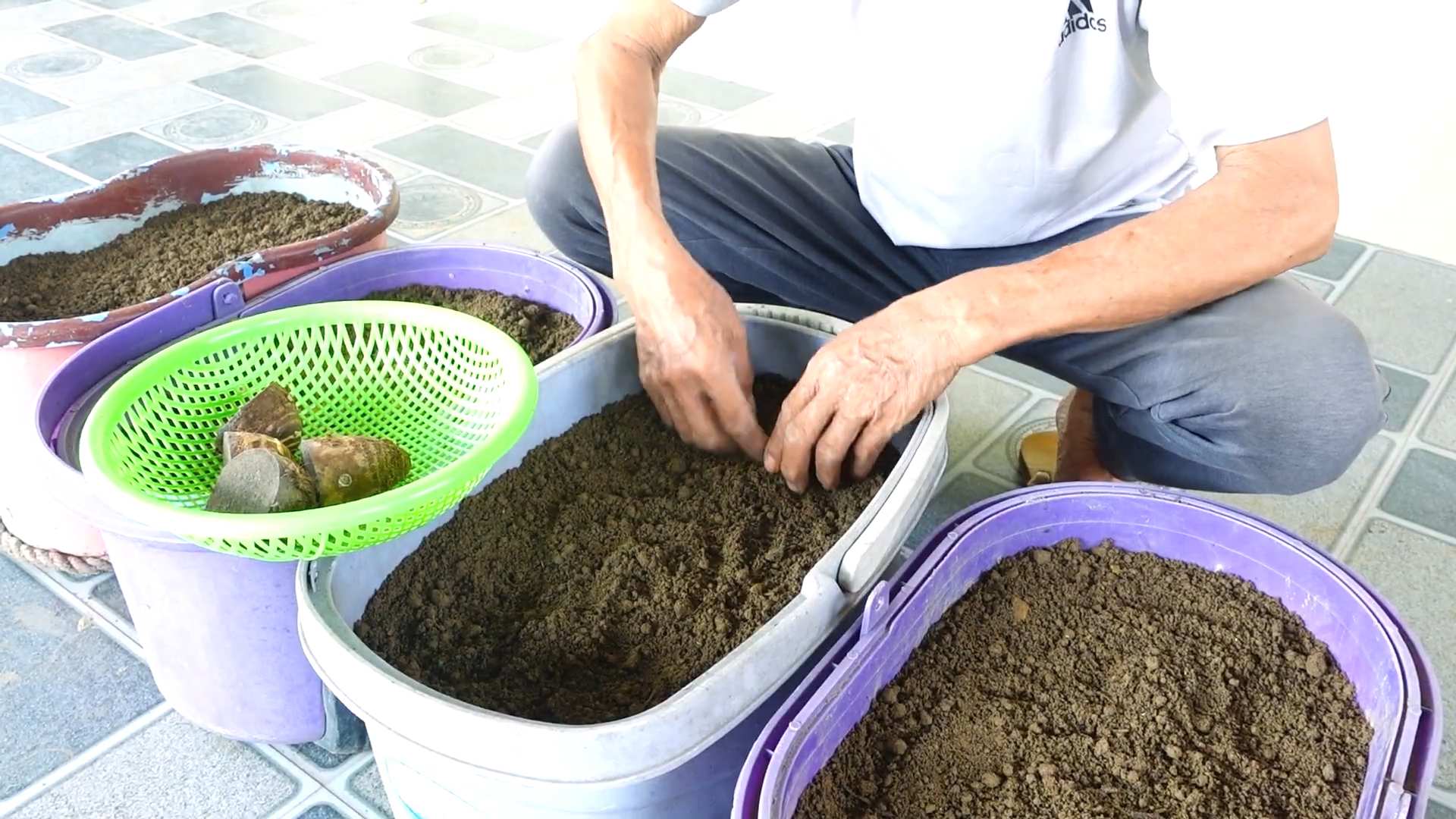
Conclusion
So, there you have it! Unlocking the power of baking soda and vinegar is more than just a fun science experiment; it’s a gateway to a cleaner, fresher, and more sustainable home. From tackling stubborn stains to deodorizing with ease, this dynamic duo offers a surprisingly effective and eco-friendly alternative to harsh chemical cleaners. The versatility of this simple combination is truly remarkable, making it a must-try for anyone looking to simplify their cleaning routine and reduce their environmental impact.
But don’t just take our word for it! The real magic happens when you experience the results firsthand. Imagine effortlessly removing baked-on grime from your oven, or watching a clogged drain clear itself with a satisfying fizz. Think of the money you’ll save by ditching expensive specialty cleaners and relying on these two pantry staples. And consider the peace of mind knowing you’re creating a healthier environment for yourself and your family.
Ready to take your cleaning game to the next level? We encourage you to experiment with the various applications of baking soda and vinegar we’ve discussed. Try adding a few drops of essential oil to your baking soda paste for a pleasant scent, or infusing your vinegar with citrus peels for extra cleaning power. For tougher stains, let the baking soda and vinegar mixture sit for a longer period before scrubbing. The possibilities are endless!
This simple DIY trick is a game-changer for anyone seeking a natural and effective cleaning solution. It’s cost-effective, readily available, and incredibly versatile. Whether you’re a seasoned DIY enthusiast or just starting to explore natural cleaning methods, baking soda and vinegar are a fantastic place to begin.
We’re confident that once you experience the cleaning prowess of baking soda and vinegar, you’ll wonder how you ever lived without it. So, grab your baking soda and vinegar, and get ready to transform your home cleaning routine.
Don’t forget to share your experiences with us! We’d love to hear about your favorite uses for baking soda and vinegar, any variations you’ve tried, and the amazing results you’ve achieved. Share your tips and tricks in the comments below, and let’s build a community of eco-conscious cleaners together! Let us know if you have found a new use for baking soda and vinegar.
Frequently Asked Questions (FAQs)
Is it safe to mix baking soda and vinegar?
Yes, it is generally safe to mix baking soda and vinegar. The reaction produces carbon dioxide, water, and sodium acetate. However, it’s important to note that mixing large quantities in a closed container can create pressure due to the carbon dioxide gas. Therefore, it’s best to mix them in an open container or use them immediately after mixing. Avoid storing the mixture in a sealed container, as it could potentially explode.
What surfaces should I avoid cleaning with baking soda and vinegar?
While baking soda and vinegar are generally safe for many surfaces, there are some exceptions. Avoid using them on:
* Marble and Granite: The acidity of vinegar can etch and dull these natural stones.
* Aluminum: Baking soda can react with aluminum, causing discoloration and pitting.
* Waxed Furniture: Vinegar can strip the wax finish from furniture.
* Unsealed Grout: Vinegar can erode unsealed grout over time.
* Electronics Screens: The moisture can damage sensitive electronics.
Always test a small, inconspicuous area first before applying the mixture to a larger surface.
Can I use baking soda and vinegar to unclog a severely blocked drain?
Baking soda and vinegar can be effective for minor drain clogs, but they may not be sufficient for severe blockages. For a severely clogged drain, you might need to use a drain snake or call a professional plumber. However, you can still try the baking soda and vinegar method as a first step. Pour about a cup of baking soda down the drain, followed by a cup of vinegar. Let it fizz for 30 minutes, then flush with hot water. Repeat if necessary.
What type of vinegar is best to use for cleaning?
White distilled vinegar is the best choice for cleaning purposes. It’s inexpensive, readily available, and has a higher acidity level than other types of vinegar, making it more effective at dissolving grime and killing bacteria. Avoid using flavored vinegars, as they may contain sugars or other additives that can leave a sticky residue.
Can I use baking powder instead of baking soda?
No, baking powder is not a suitable substitute for baking soda in cleaning applications. Baking powder contains baking soda plus an acidifying agent, such as cream of tartar. When mixed with water, it produces carbon dioxide, but the reaction is not as strong as the reaction between baking soda and vinegar. Therefore, baking powder will not provide the same cleaning power.
How can I make the baking soda and vinegar mixture smell better?
The smell of vinegar can be off-putting to some people. To improve the scent, you can add a few drops of your favorite essential oil to the baking soda paste or infuse your vinegar with citrus peels. Simply place citrus peels (lemon, orange, or grapefruit) in a jar of vinegar and let it sit for a few days. The vinegar will absorb the citrus scent, making it more pleasant to use.
How often should I use baking soda and vinegar to clean my home?
The frequency of use depends on the specific application and your cleaning needs. For general cleaning, you can use baking soda and vinegar as often as needed. For tougher cleaning tasks, such as unclogging drains or removing stubborn stains, you may need to repeat the process several times. However, avoid overusing vinegar on sensitive surfaces, as it can cause damage over time.
Can I use baking soda and vinegar to clean my washing machine?
Yes, baking soda and vinegar can be used to clean your washing machine. To clean a top-loading washing machine, add 1 cup of baking soda to the drum and pour 2 cups of white vinegar into the detergent dispenser. Run a normal wash cycle with hot water. For a front-loading washing machine, add 1/4 cup of baking soda directly into the drum and pour 1/2 cup of white vinegar into the detergent dispenser. Run a normal wash cycle with hot water. This will help to remove detergent buildup, mildew, and odors.
Is baking soda and vinegar effective for killing mold?
While baking soda and vinegar can help to inhibit mold growth, they are not as effective as dedicated mold killers. For small areas of mold, you can try spraying vinegar onto the affected surface and letting it sit for an hour before wiping it clean. You can also make a paste of baking soda and water and apply it to the moldy area. Let it dry completely before scrubbing it off. For larger or more severe mold infestations, it’s best to consult with a professional mold remediation company.
Can I use baking soda and vinegar to clean my toilet?
Yes, baking soda and vinegar can be used to clean your toilet. Pour a cup of baking soda into the toilet bowl, followed by two cups of vinegar. Let it fizz for about 30 minutes, then scrub the bowl with a toilet brush and flush. This will help to remove stains, deodorize the toilet, and kill bacteria. For stubborn stains, you can let the mixture sit overnight before scrubbing.

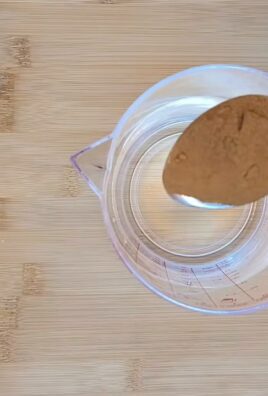
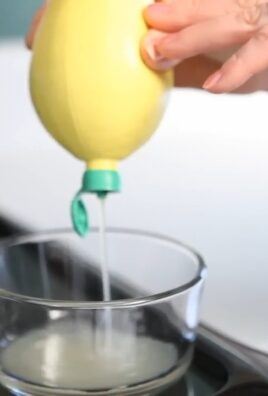
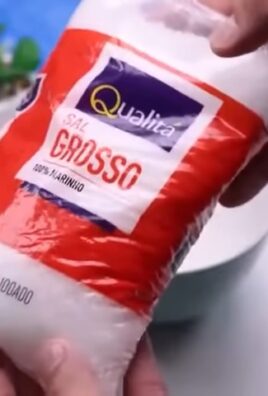
Leave a Comment